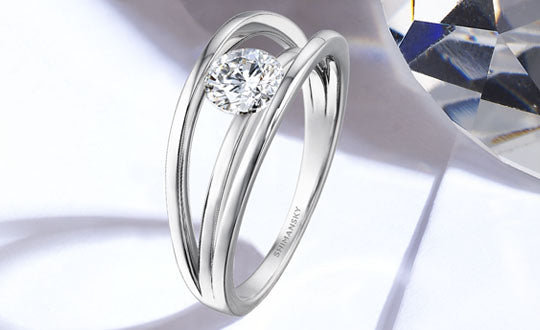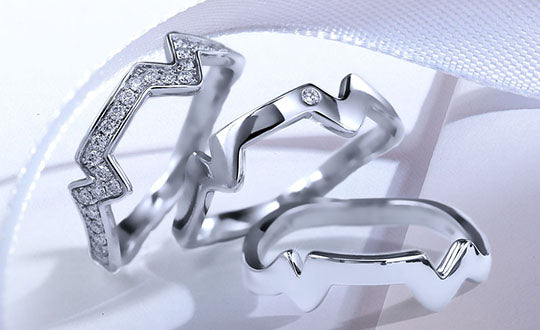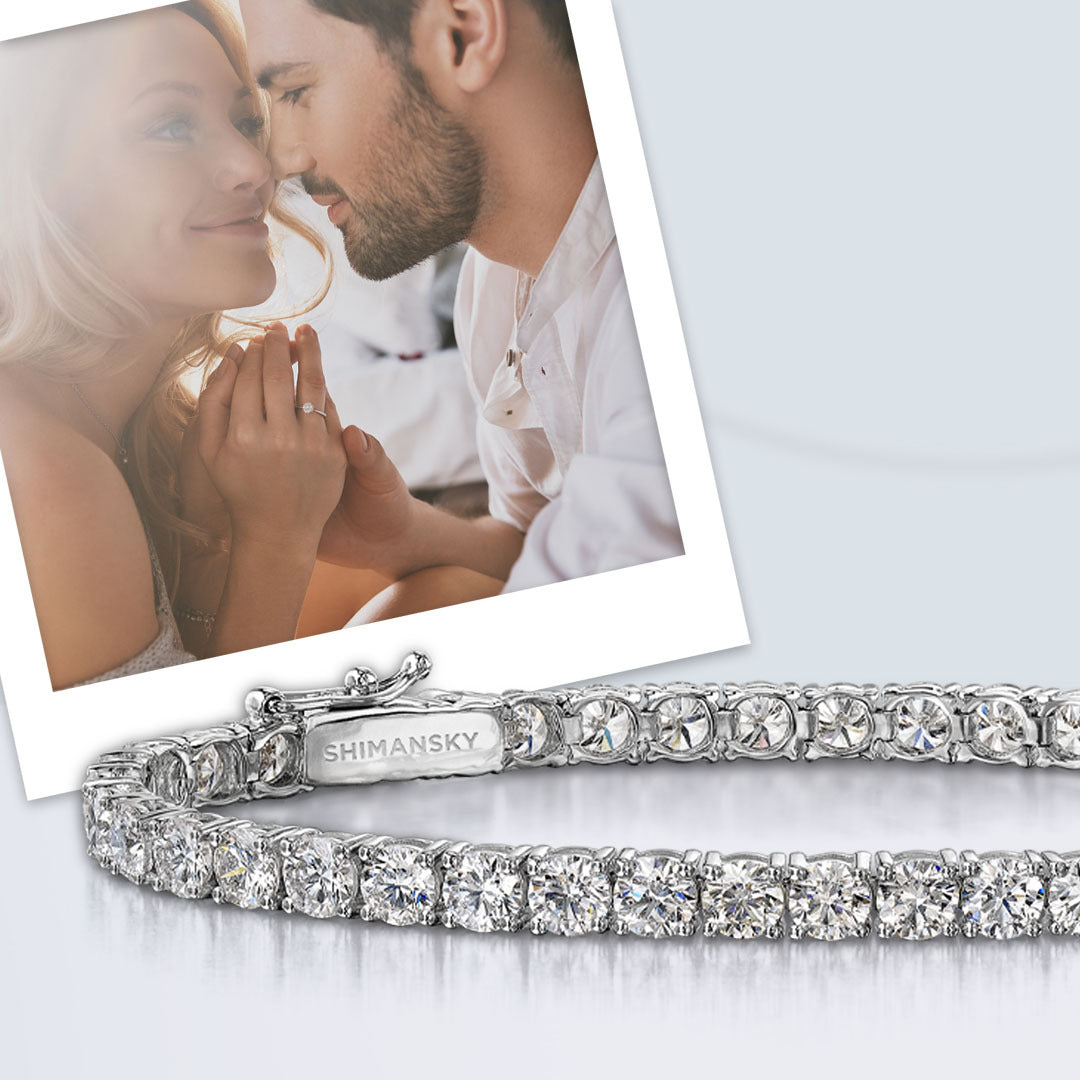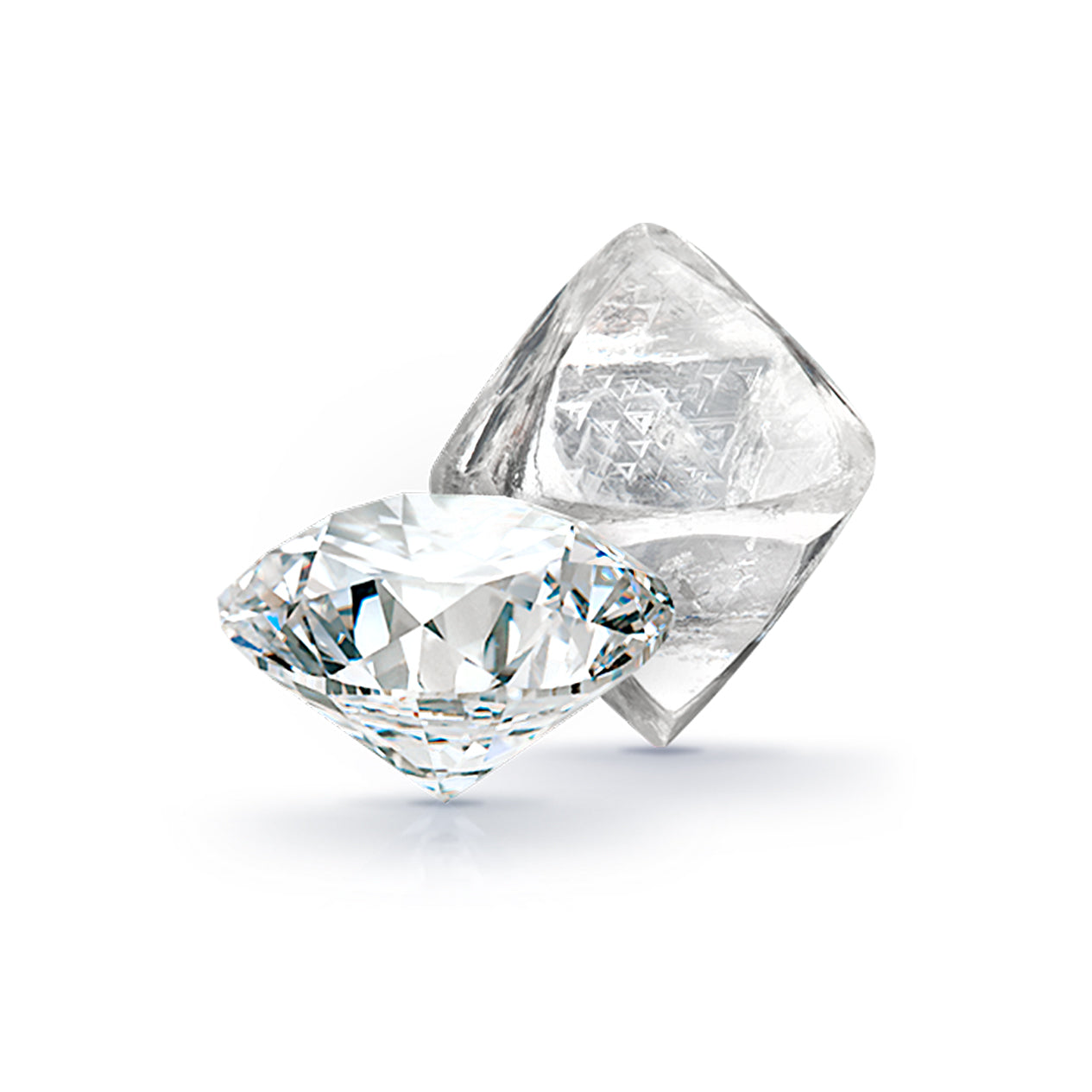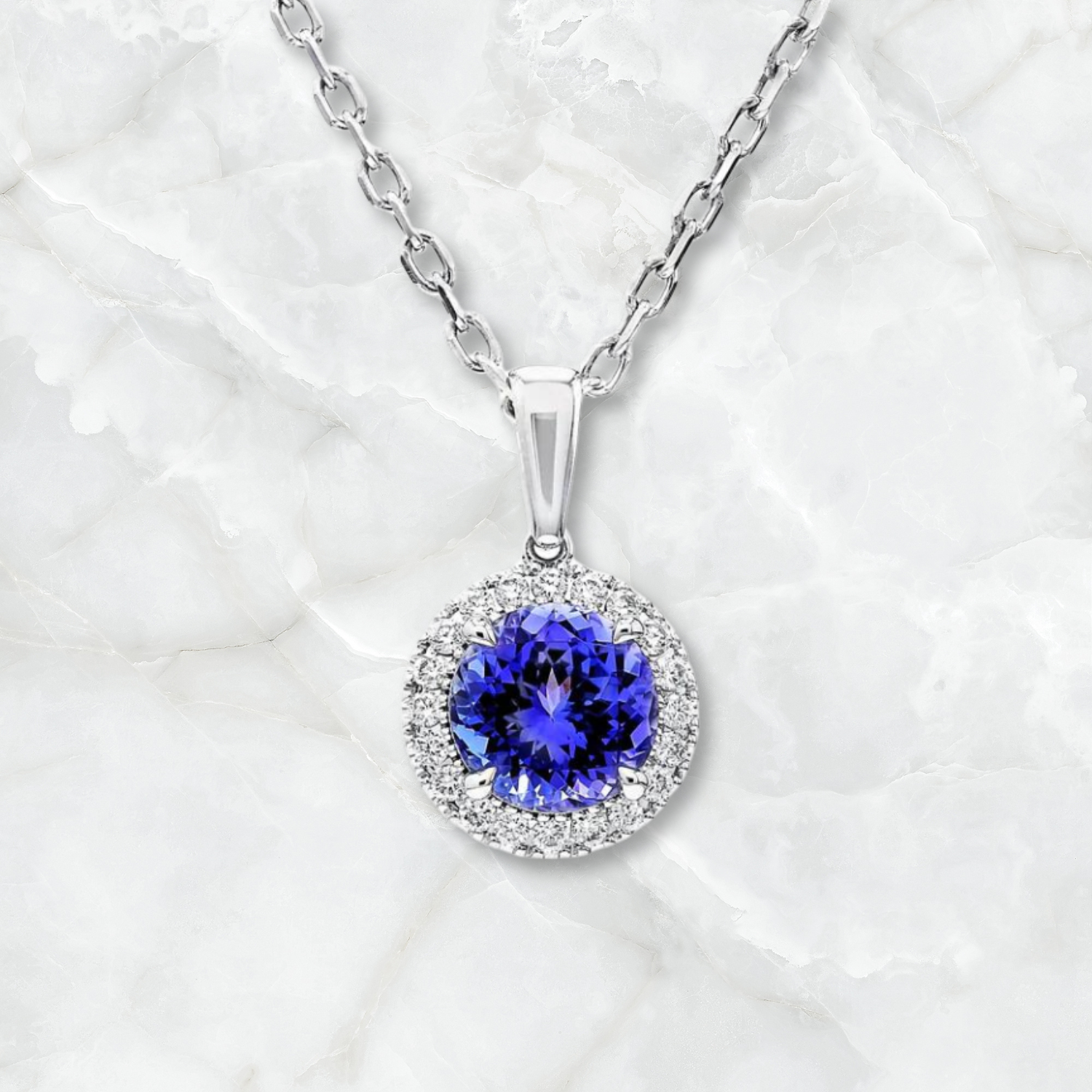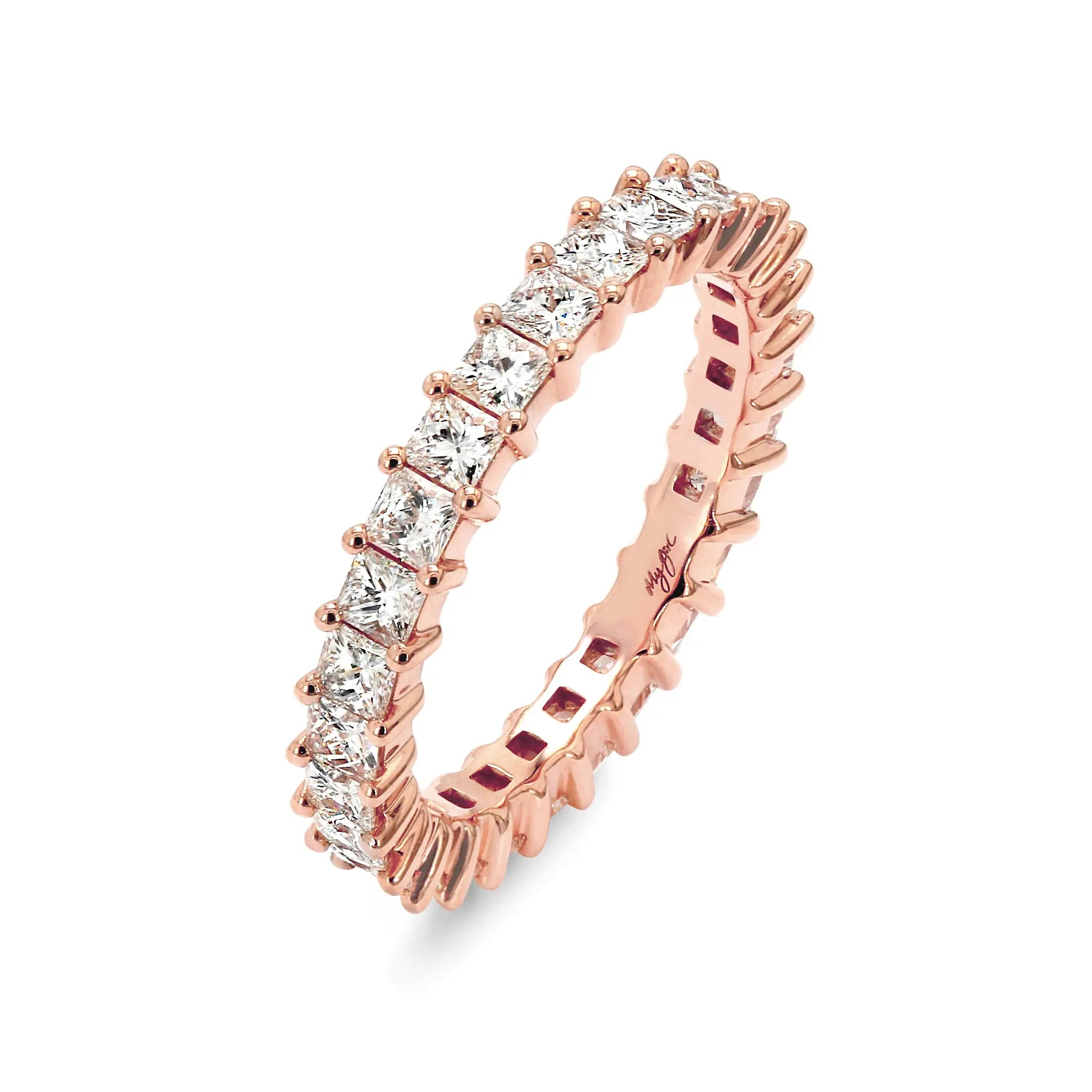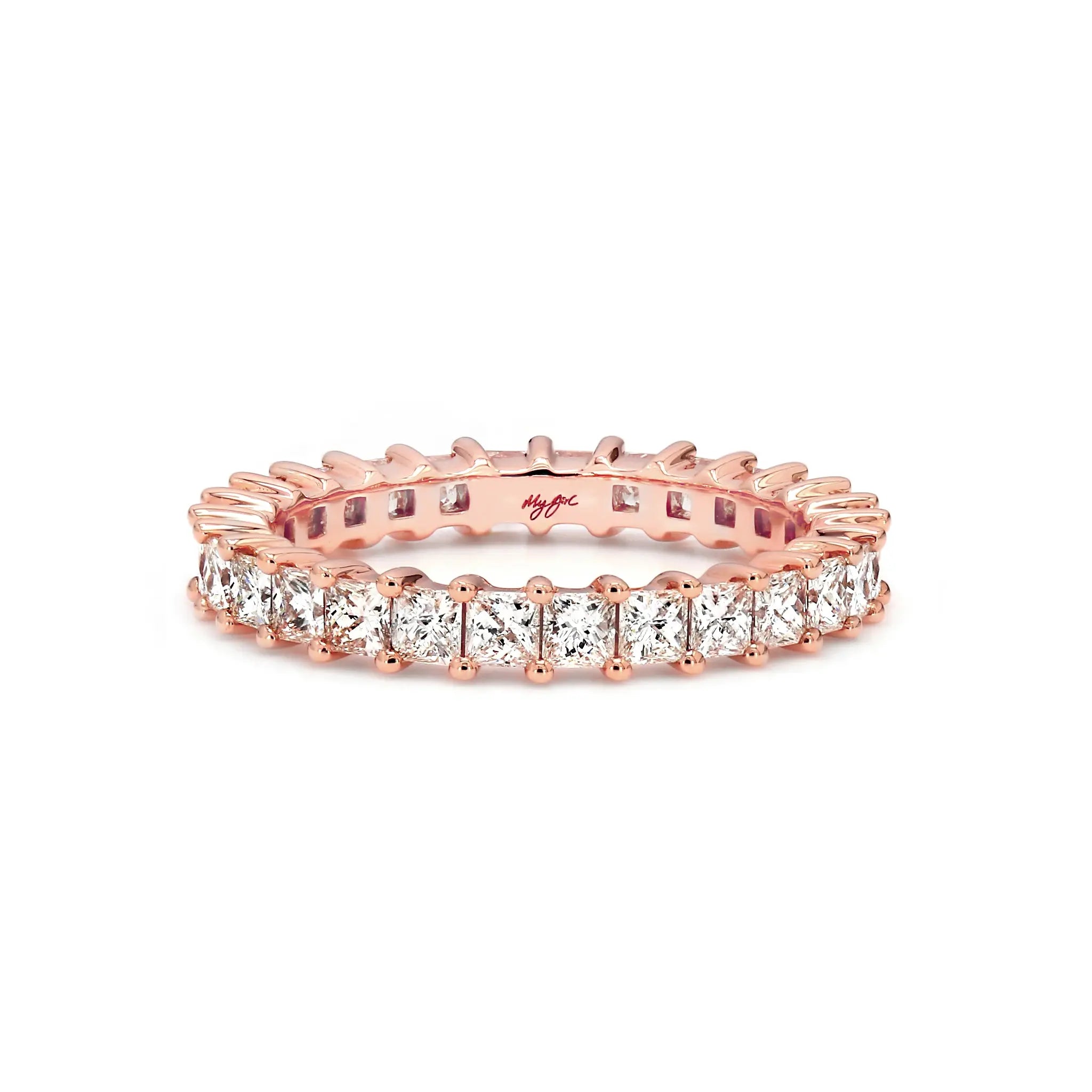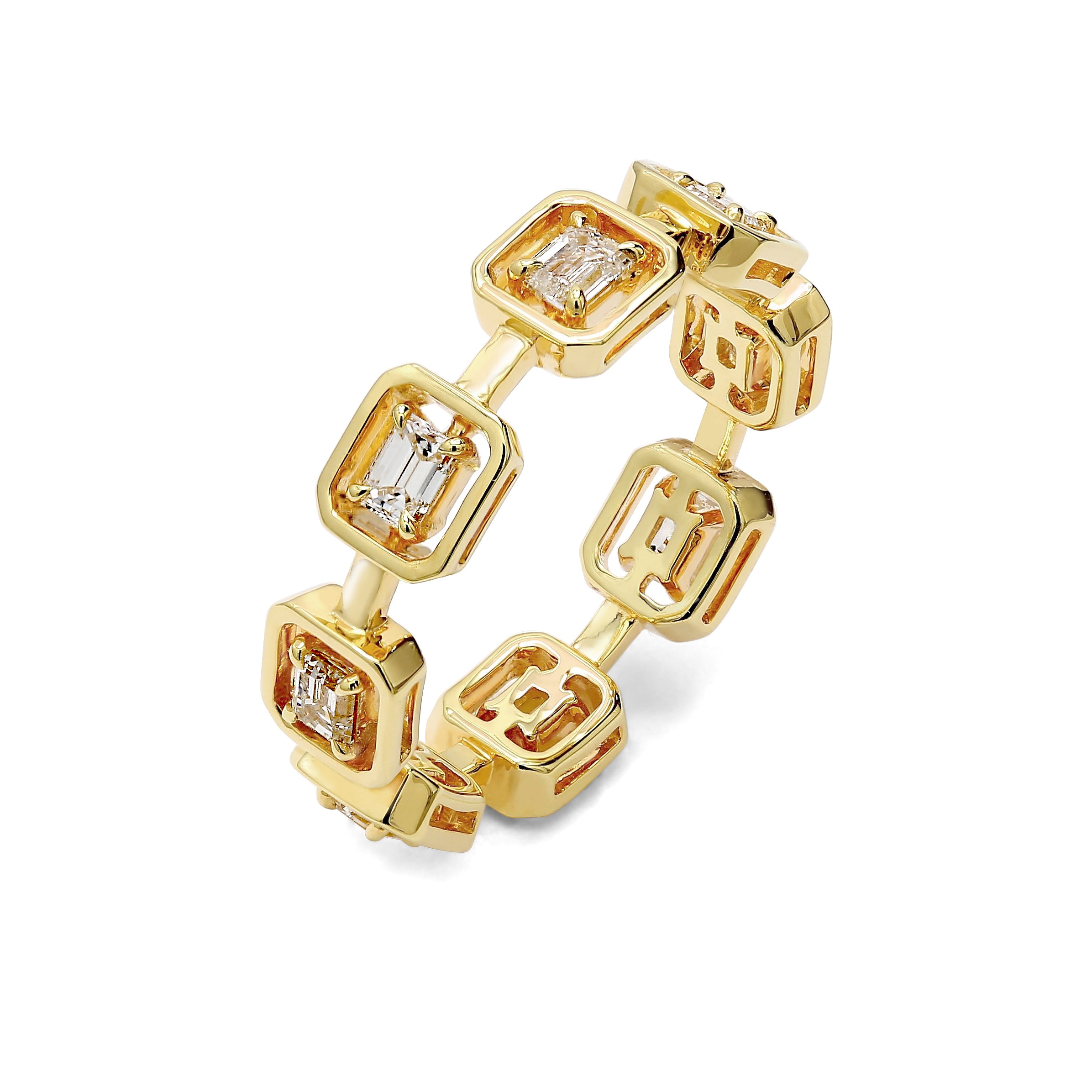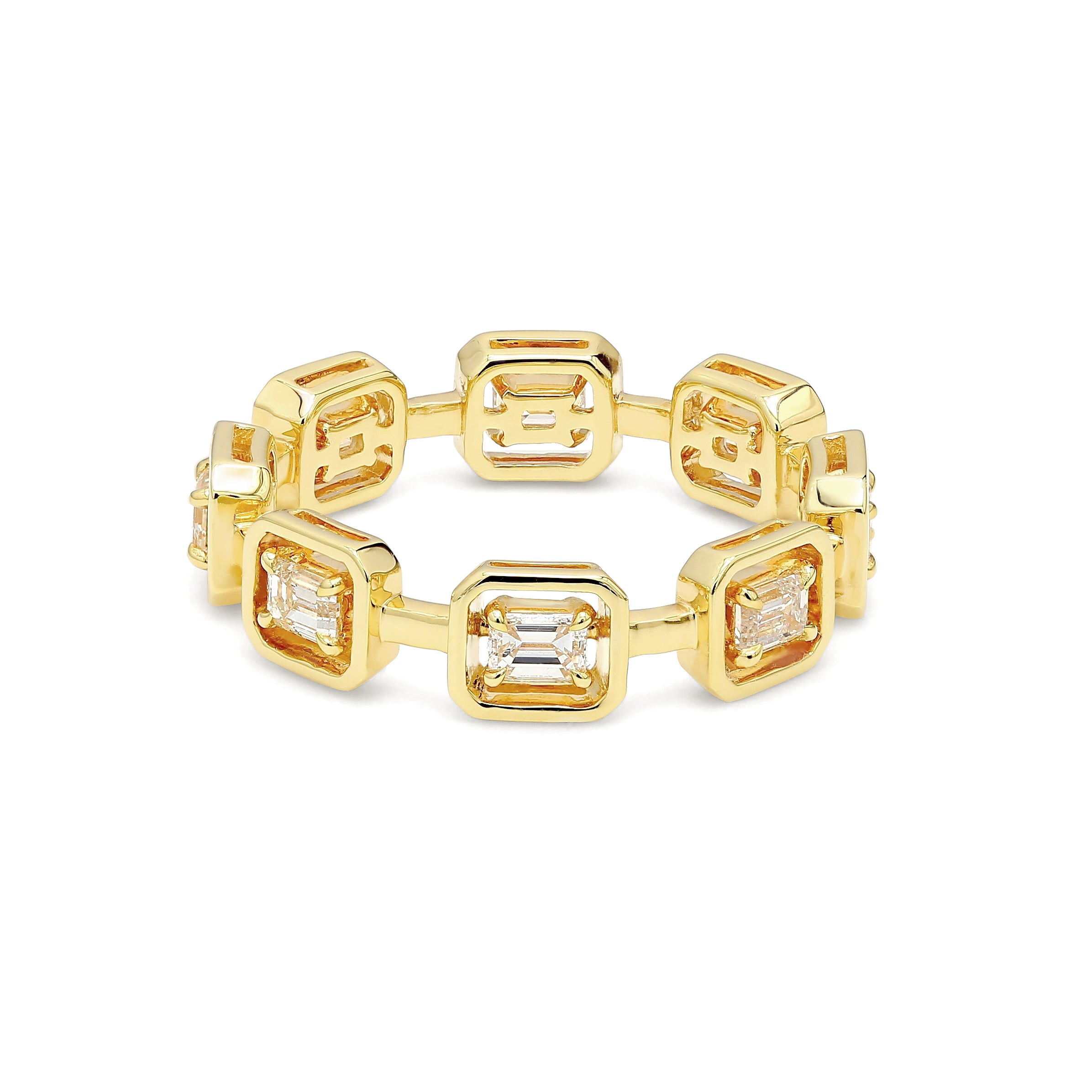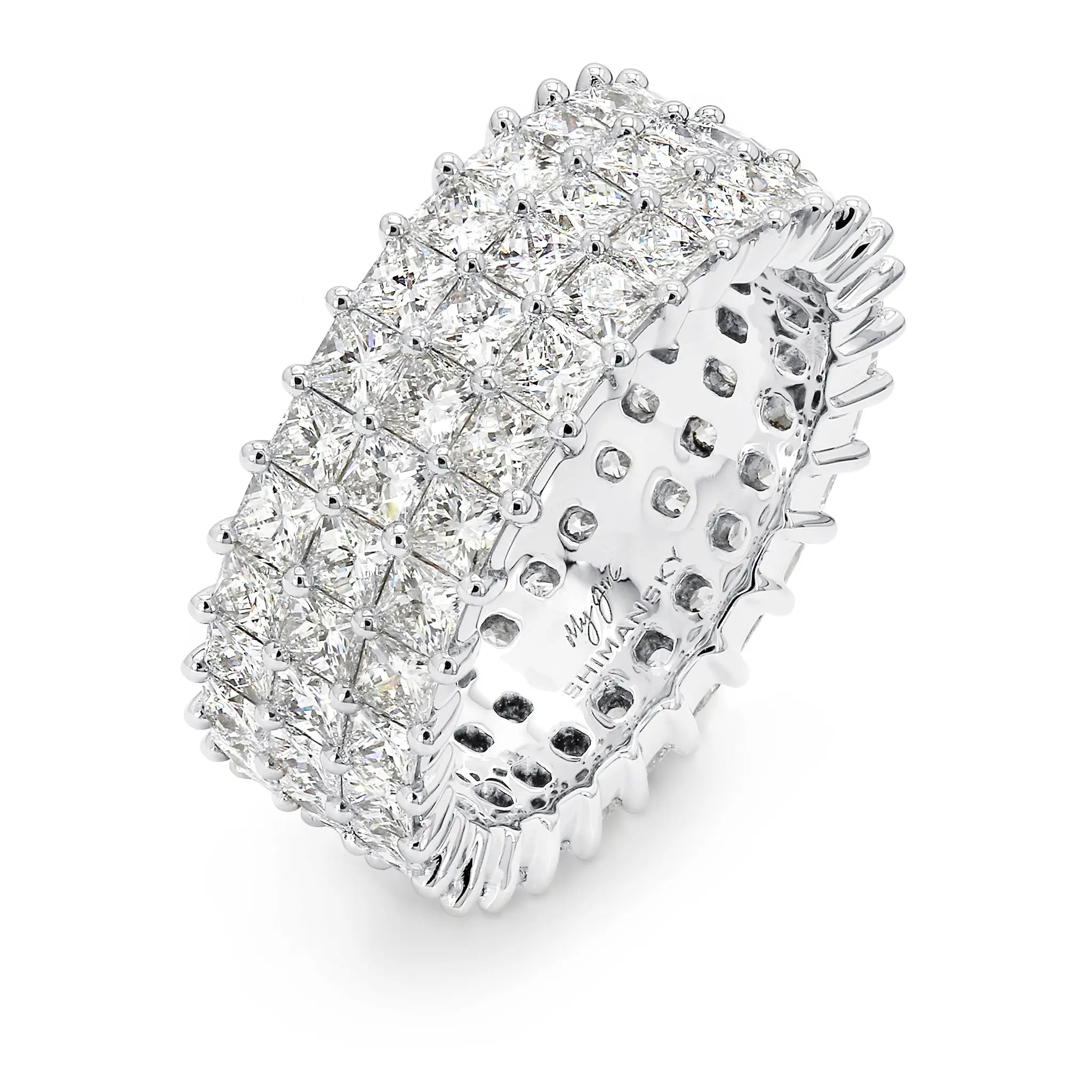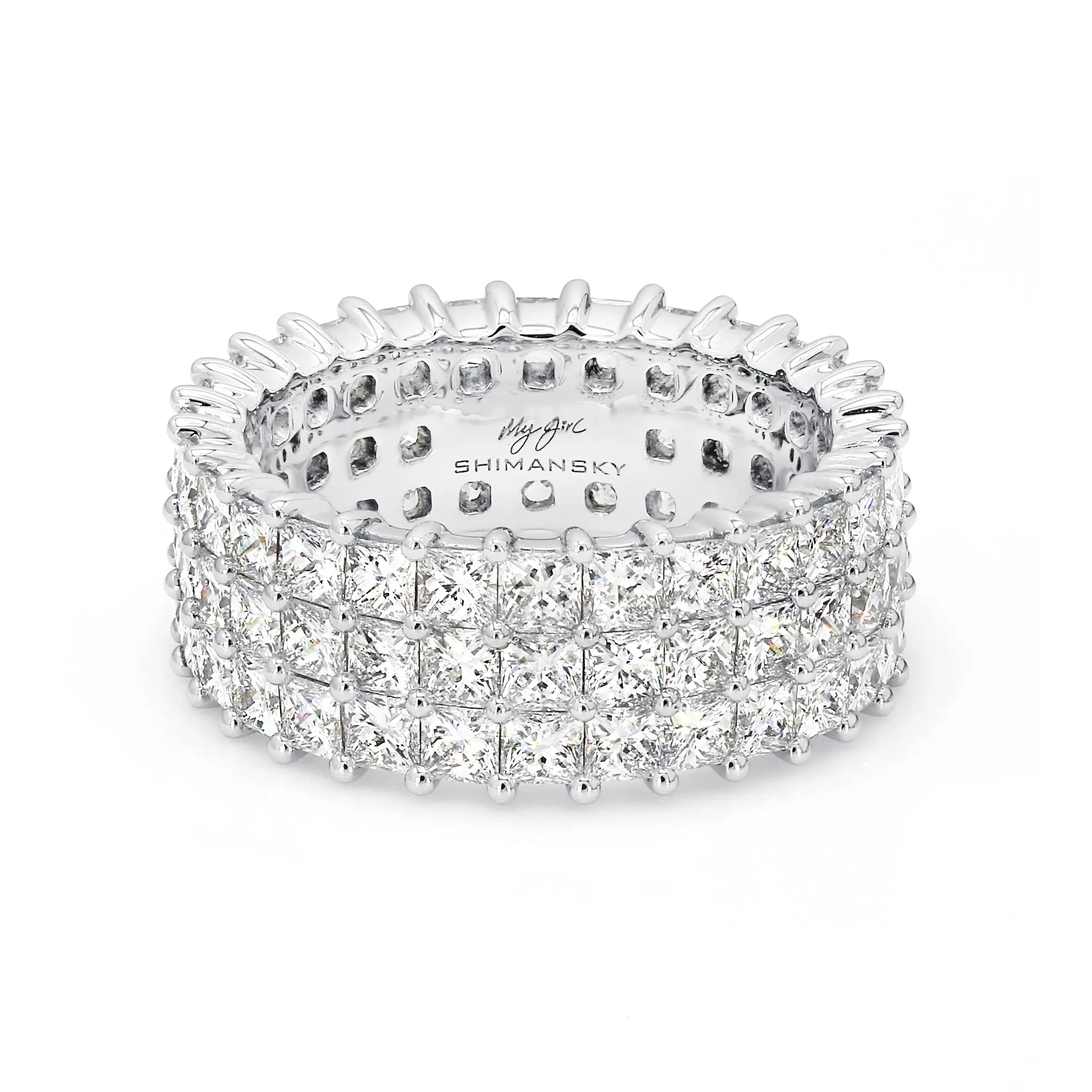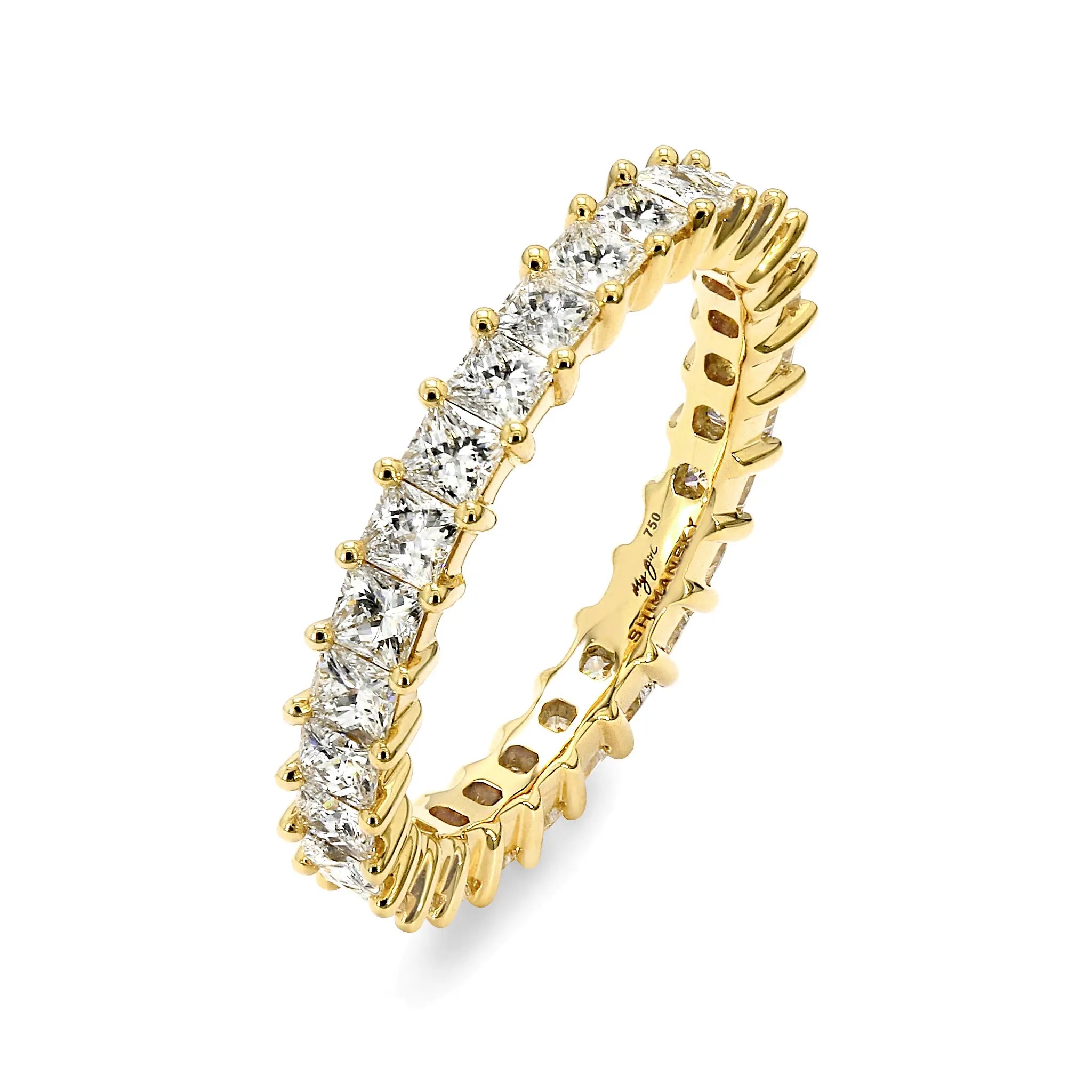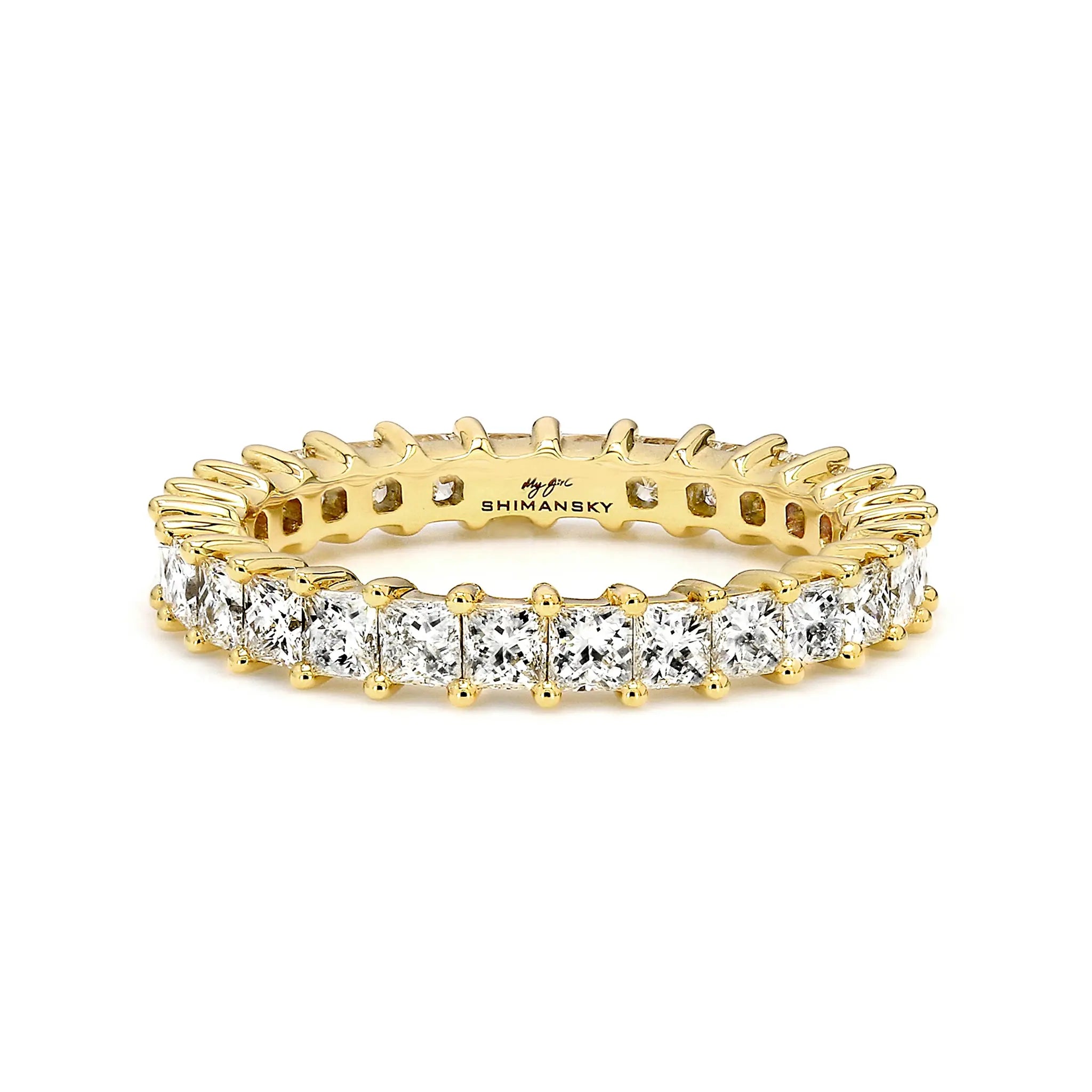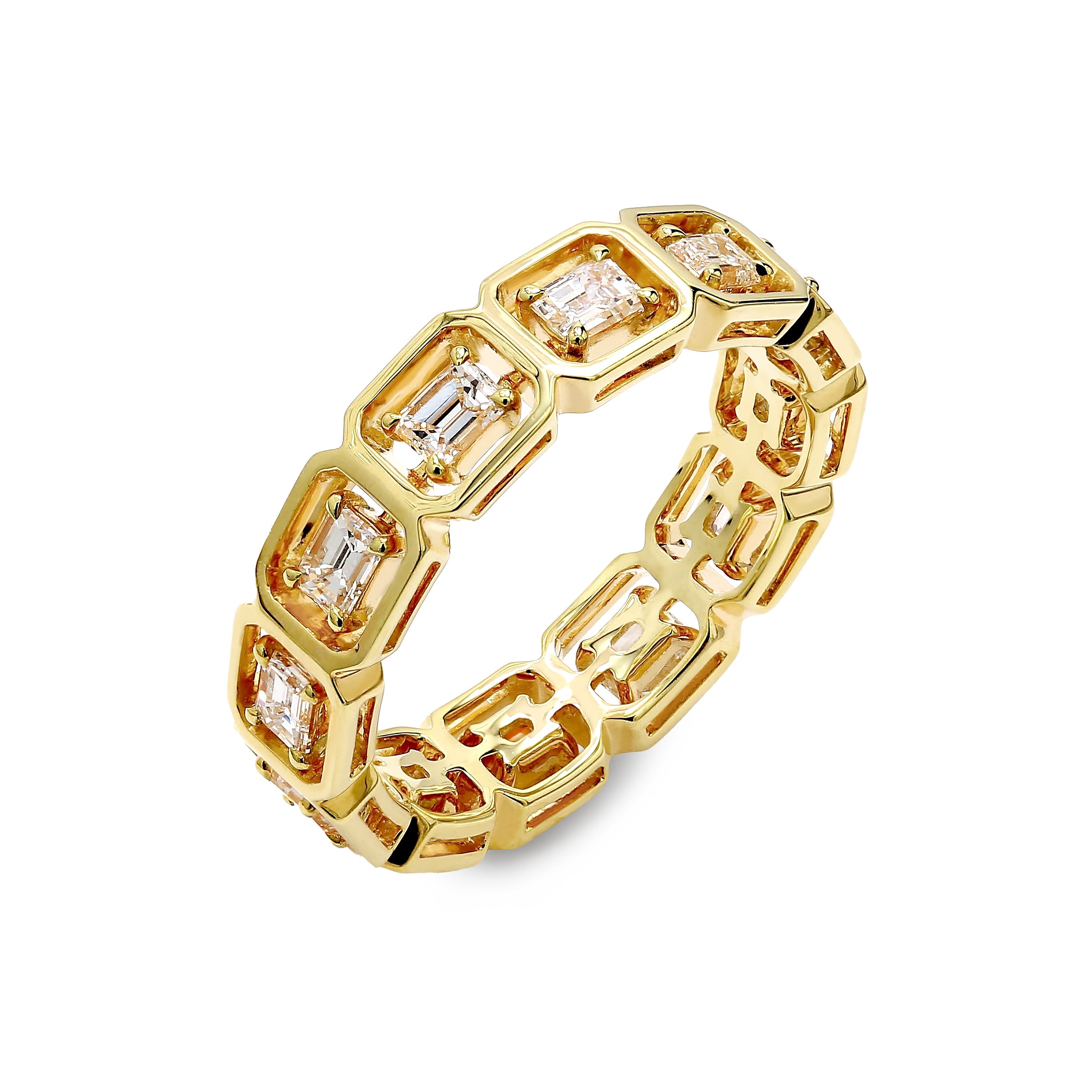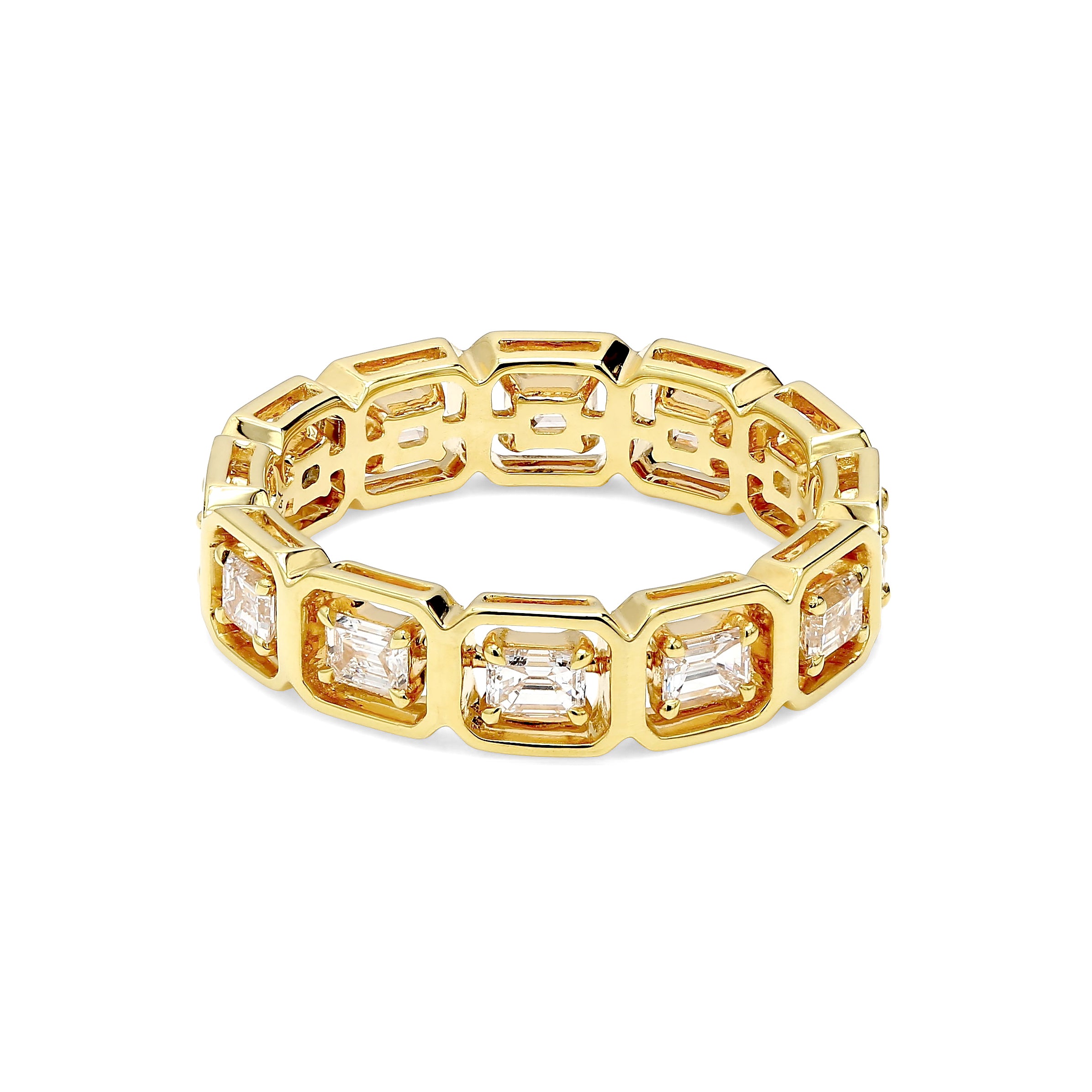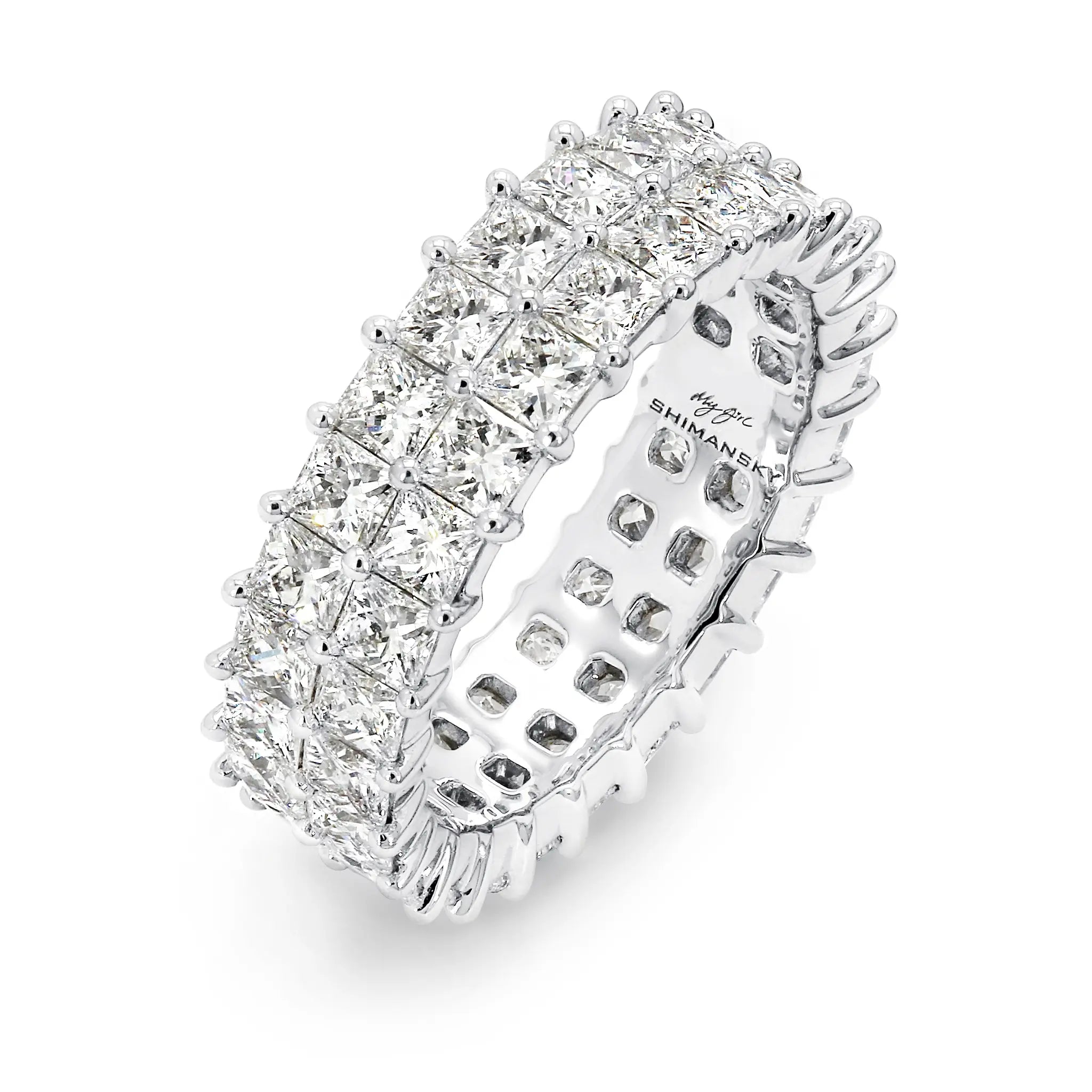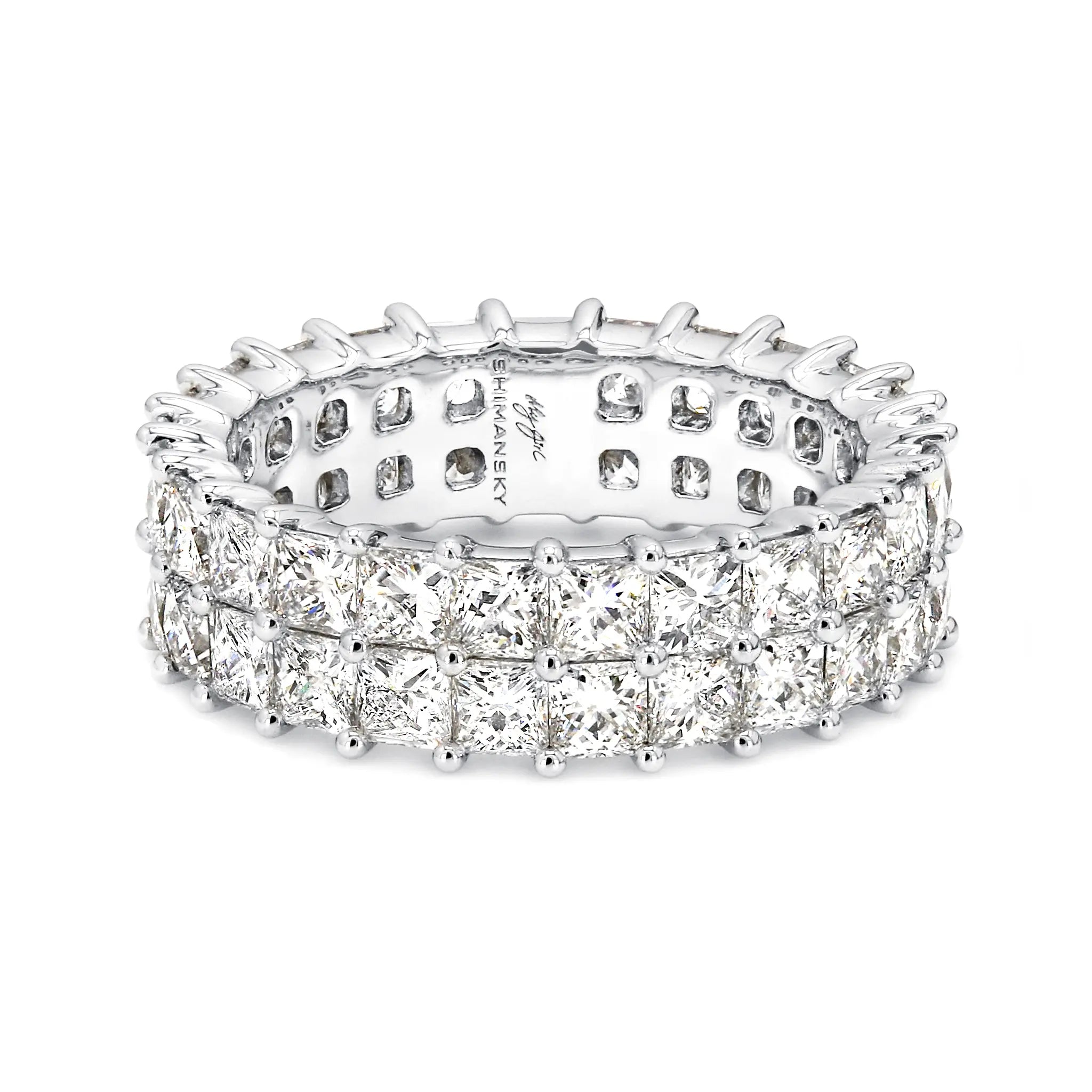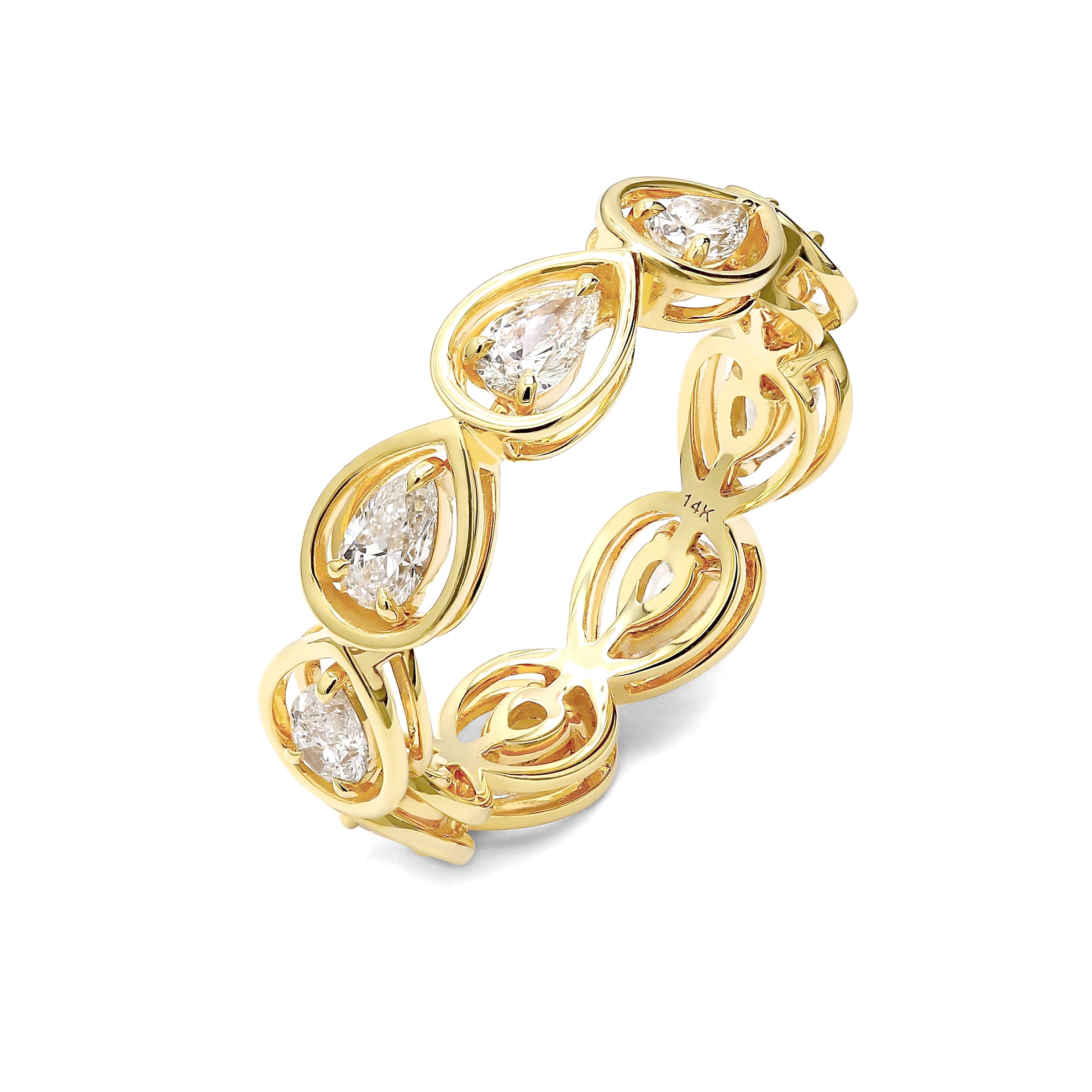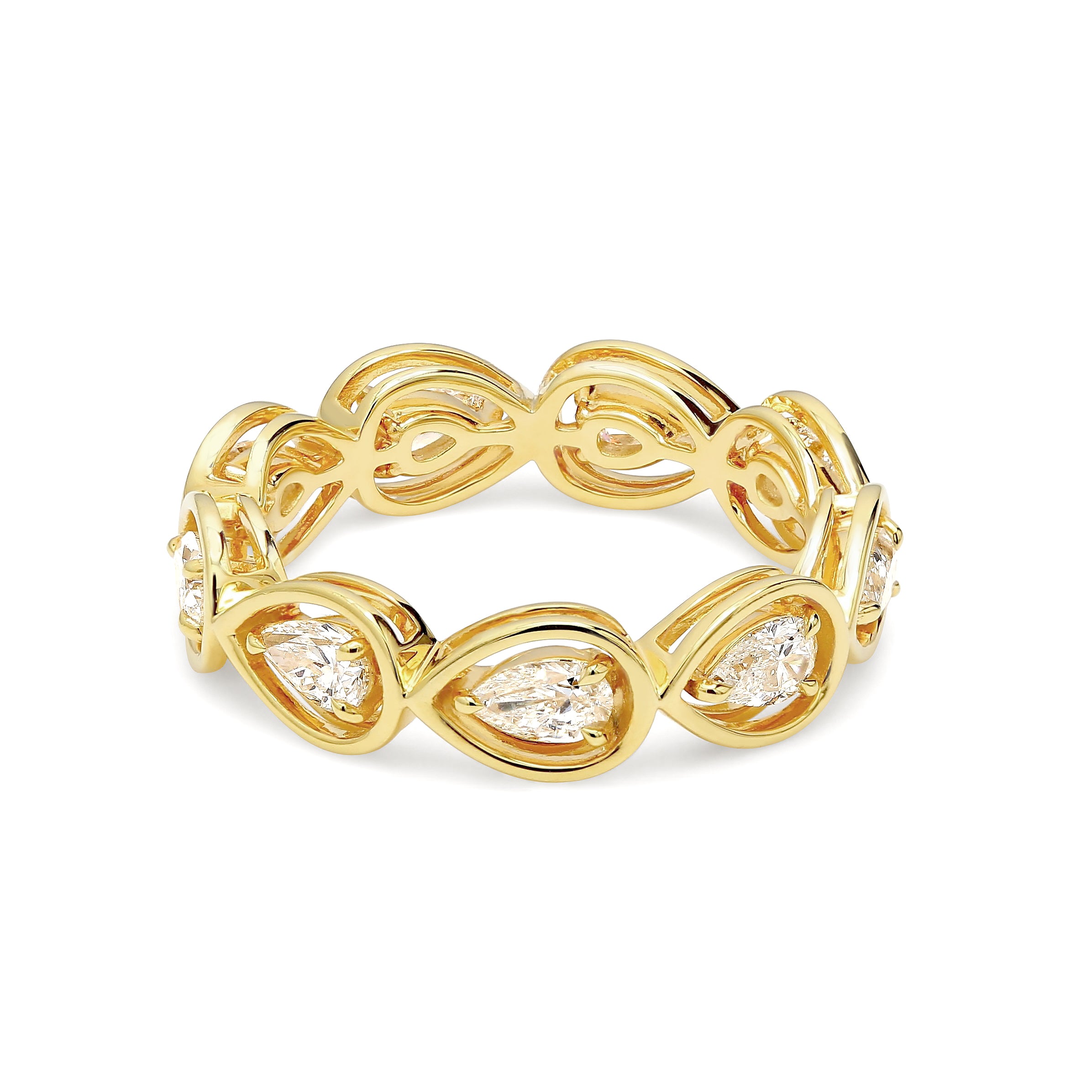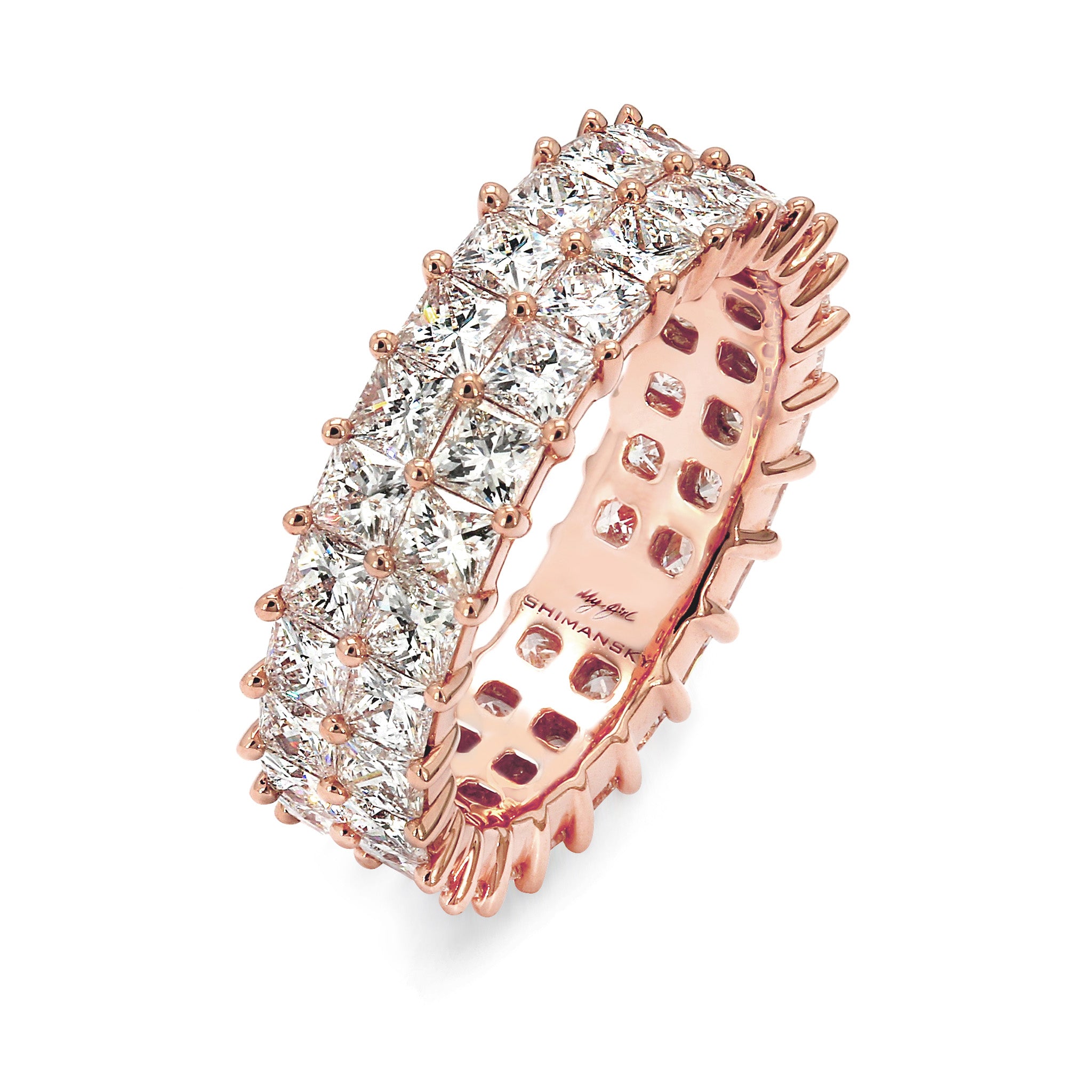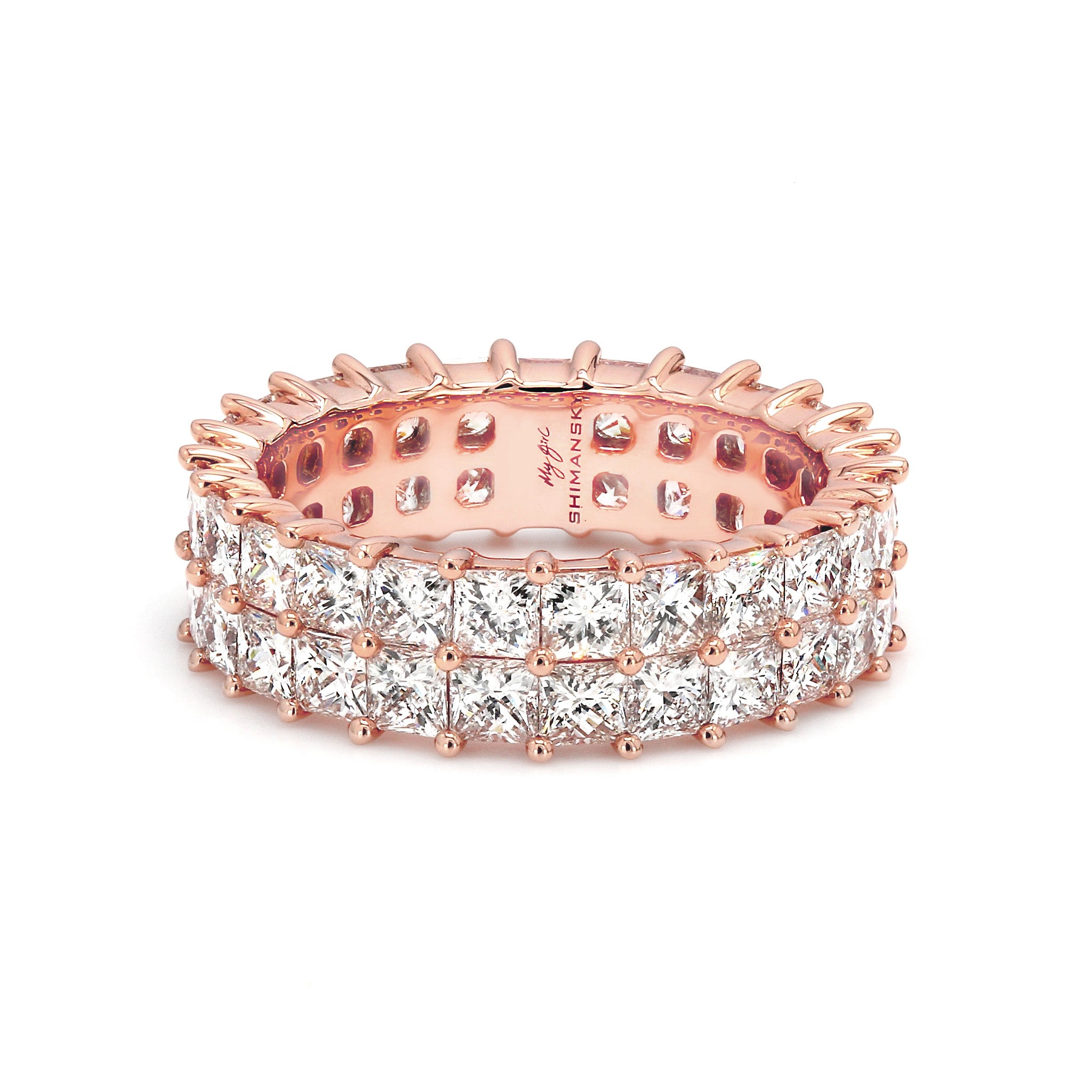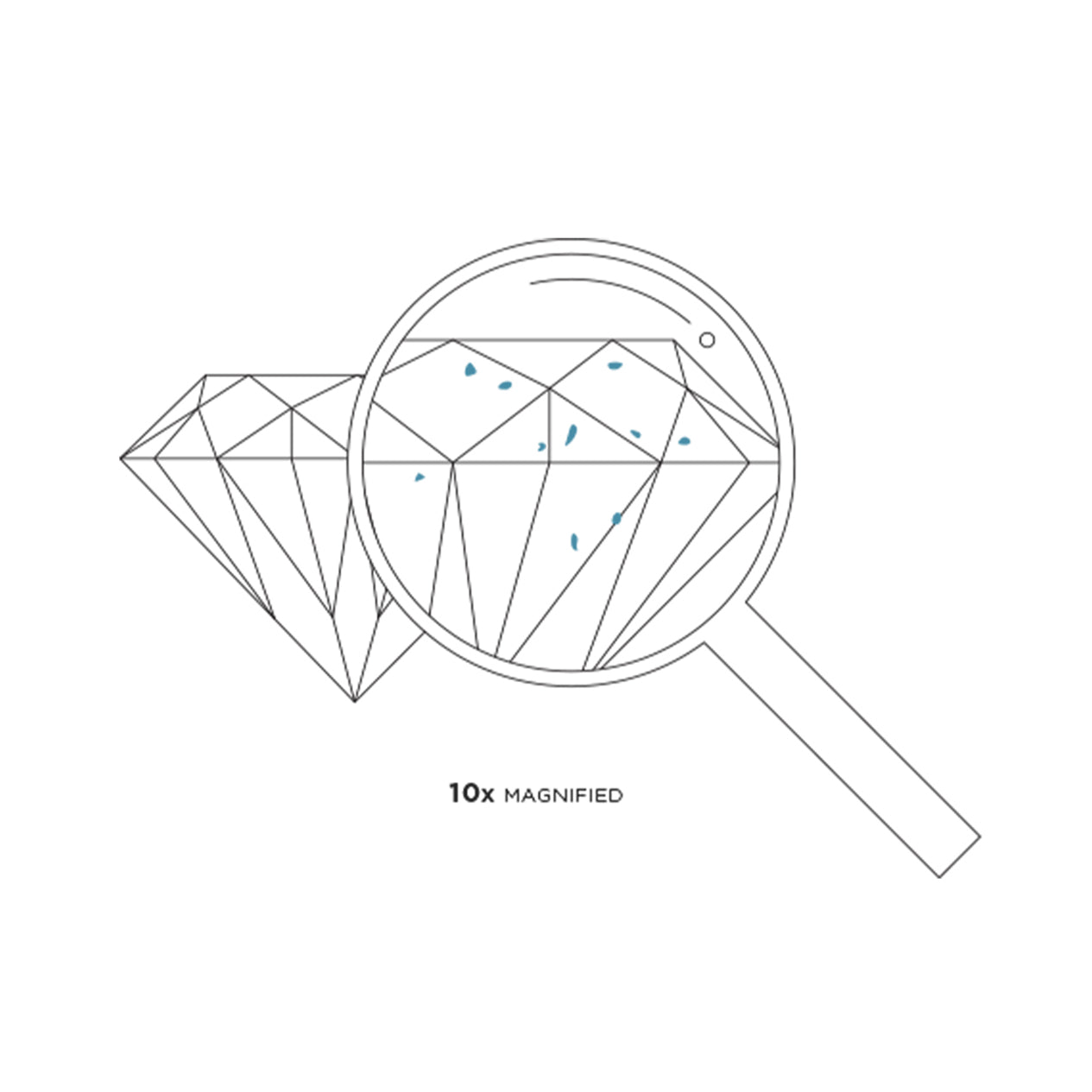
Diamond clarity
Diamonds were formed billions of years ago, under conditions of extreme pressure and temperature. Almost all diamonds display tiny ‘birthmarks’, called inclusions, which occurred naturally when the diamond was formed deep within the earth. They are nature’s fingerprint and give each diamond its unique character.

Clarity refers to the presence of these natural inclusions or imperfections found in a diamond. The clarity of a diamond is determined by the size, number and nature of the inclusions present in the stone. Inclusions refer to imperfections that occur naturally inside the diamond itself – they are not man-made, and are believed to have formed during the crystallization process of the gem. Inclusions may take shape in the form of tiny white points, dark dots or feathery cracks.
Blemishes refer to imperfections that occur on the surface of the diamond as a result of the cutting and polishing process.

These can come about when a diamond cutter or polisher is not experienced, or has not yet mastered the craft.
- Most inclusions are not visible to the naked eye, so diamonds are examined under a 10x magnifying loupe to determine their clarity. The closer a diamond is to flawless with no inclusions visible under a jeweller's loupe, the more rare it is and the greater its value.
Flawless diamonds are so rare, that many jewelers spend a lifetime in the diamond industry without ever finding a completely flawless diamond.
- The position of the inclusion can also have an impact on the gem’s value. An inclusion situated directly below the diamond’s table, for example, will have a larger impact on the diamond’s clarity than an inclusion of the same size situated off the side of the diamond.
A diamond cutter will make every effort to cut the stone in such a way that the inclusion is not visible through the table of the diamond.
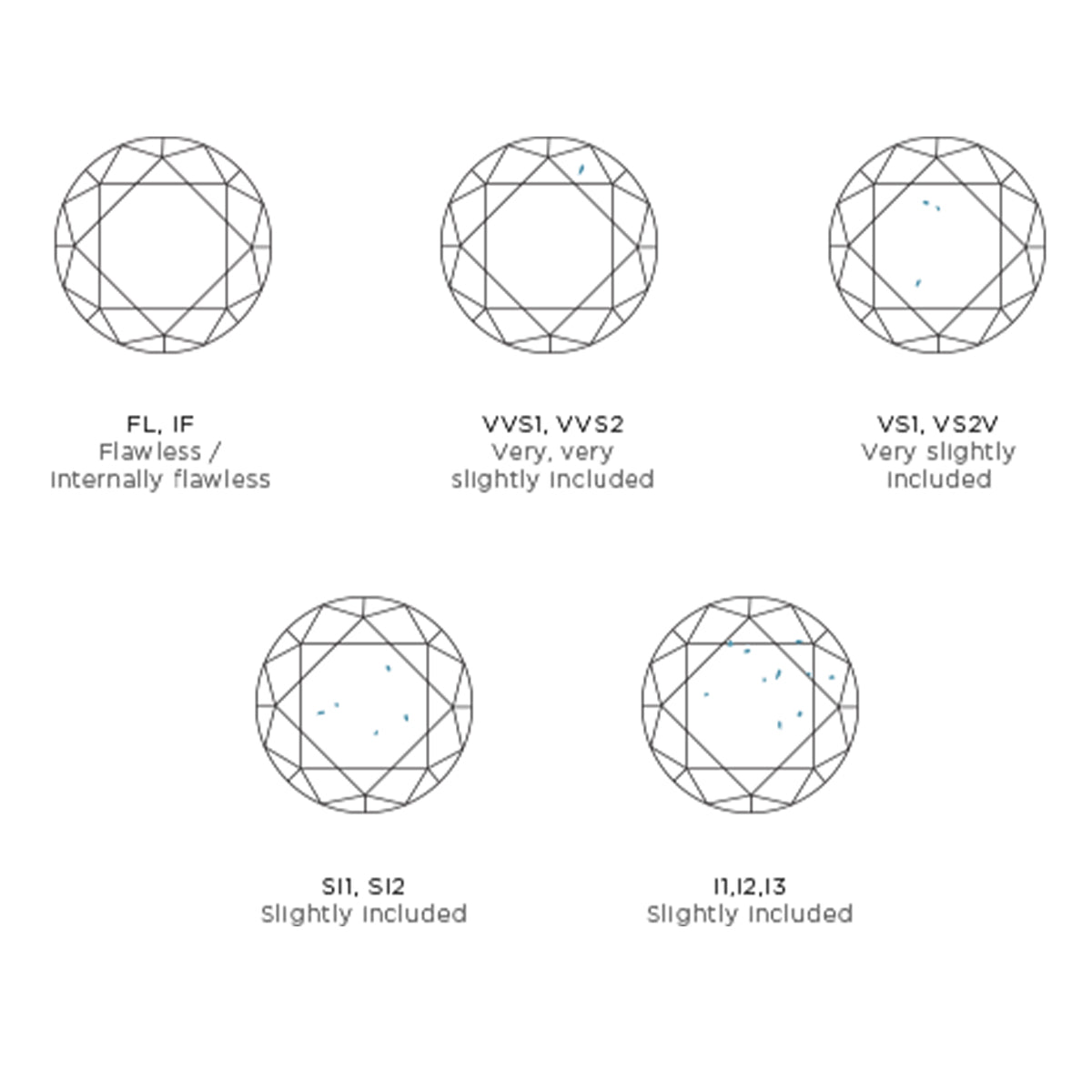
Though inclusions have a negative effect on the value of diamonds, there are two positive aspects of their existence:
- Inclusions give diamonds their unique characteristics. Diamonds are produced by nature, and like all things in nature, imperfections are common, and sometimes even welcomed. Just like each snowflake is unique, there are no two diamonds on Earth that are exactly the same.

Inclusions contribute to a diamond’s individuality, and are often helpful in identifying a gem. They also provide scientists and gemologists with valuable information about how a diamond was formed.
- Inclusions can also help a gemologist to separate a real diamond from an imitation. It can be difficult to separate a flawless diamond from an imitation diamond, but when natural inclusions are present, it indicates the authenticity of the stone’s origin.
Blemishes refer to imperfections that occur on the surface of the diamond as a result of the cutting and polishing process.
The true value of a Shimansky jewellery creation is only realised when it is worn by the person it is meant for.
Featured collection
ETERNITY RINGS
